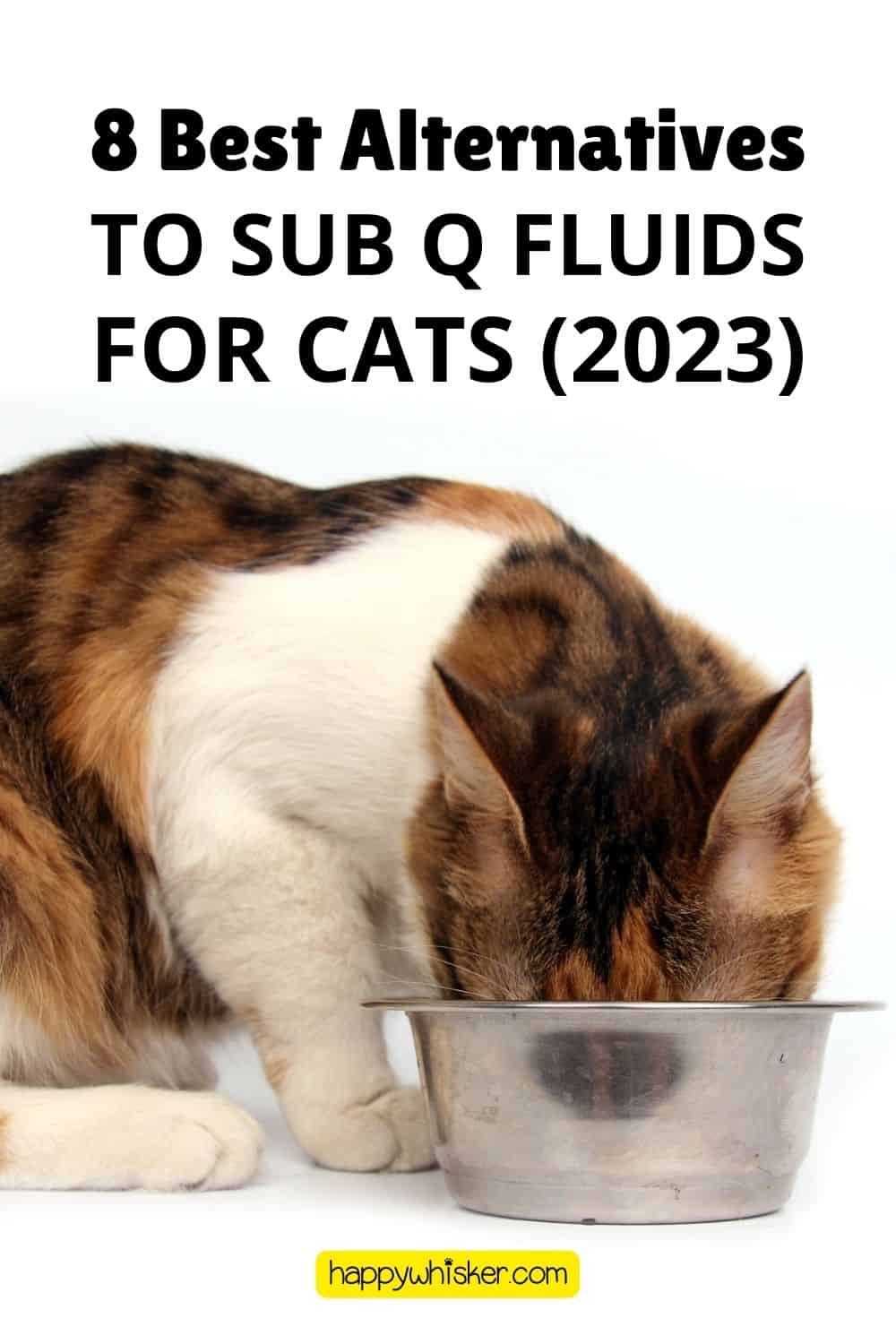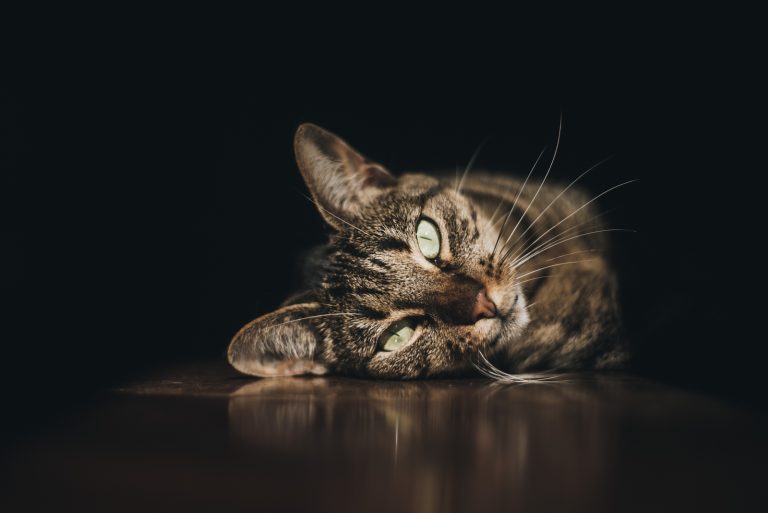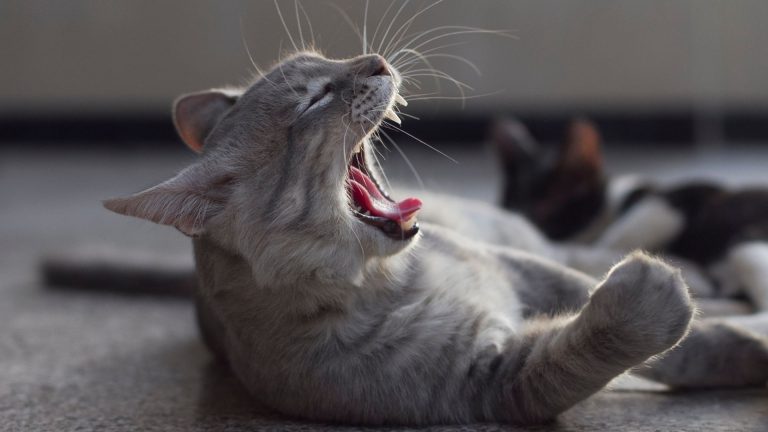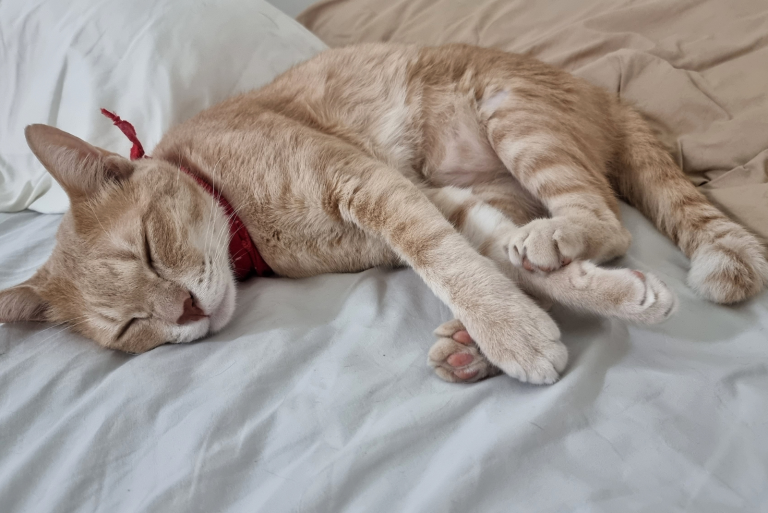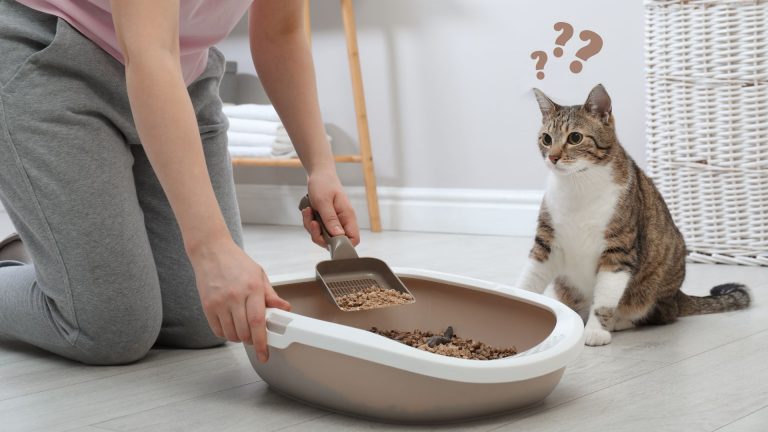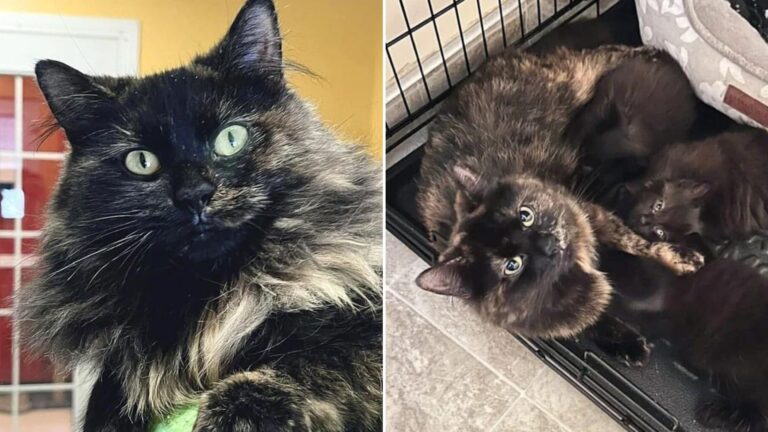8 Best Alternatives To Sub Q Fluids For Cats (2023)
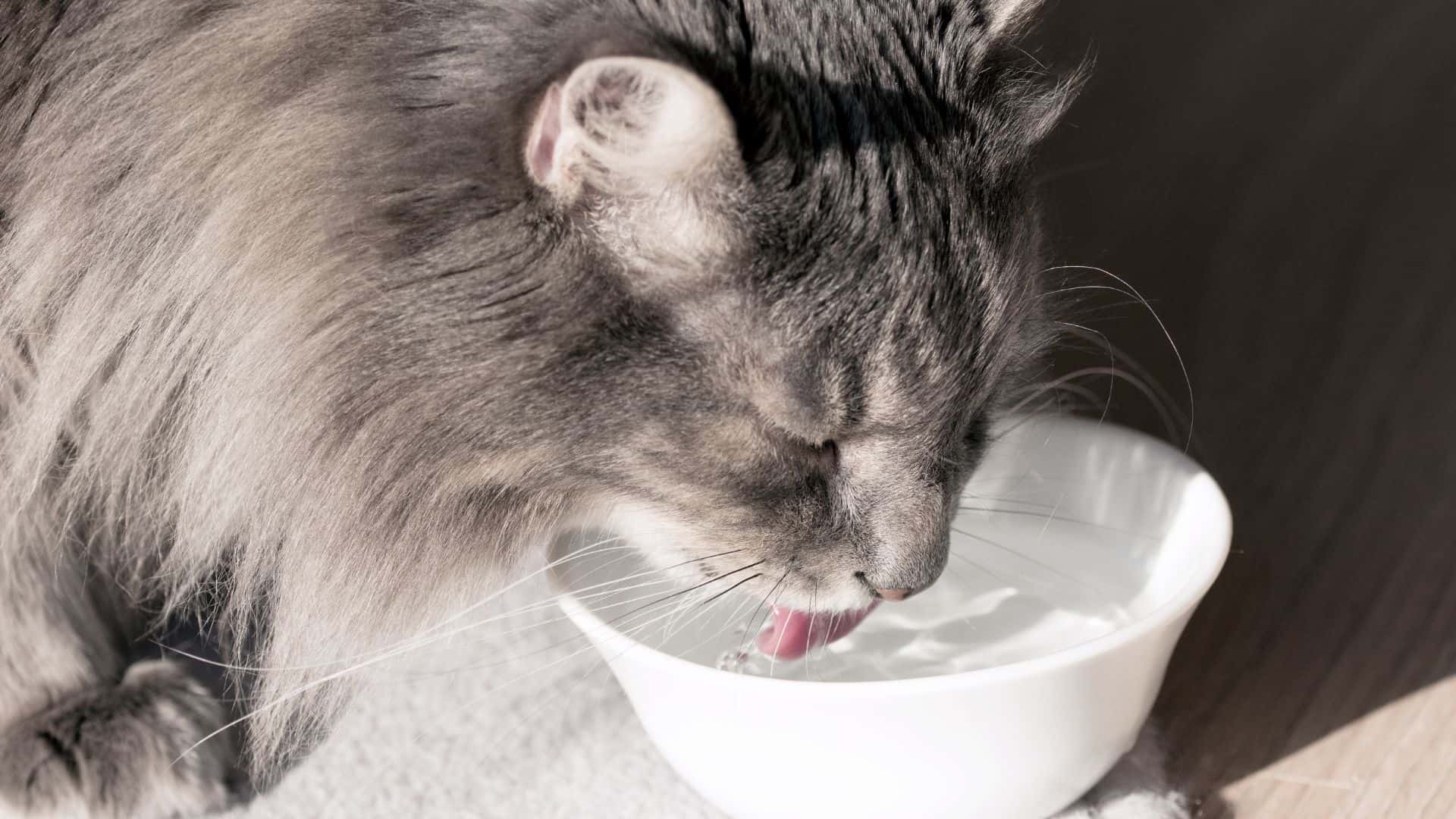
There are a few things you should be aware of as a cat owner. Dehydration issues can happen to cats of any age.
Even kittens can suffer from dehydration, and chronic renal failure can also be a problem that requires a sub q fluid, or in this case, an alternative to sub q fluids. Although, chronic renal failure is more common in older cats.
When cats are dehydrated, they mostly lose a lot of fluids through their kidneys, so owners rely on sub q fluid therapy.
However, some are looking for different alternatives to sub-q fluids for cats, and the following list contains the best options.
List Of Alternatives To Sub Q Fluids For Cats:
The following section offers a list of things you can do to avoid giving sub q fluids to your cat.
1. Encourage Hydration With Water
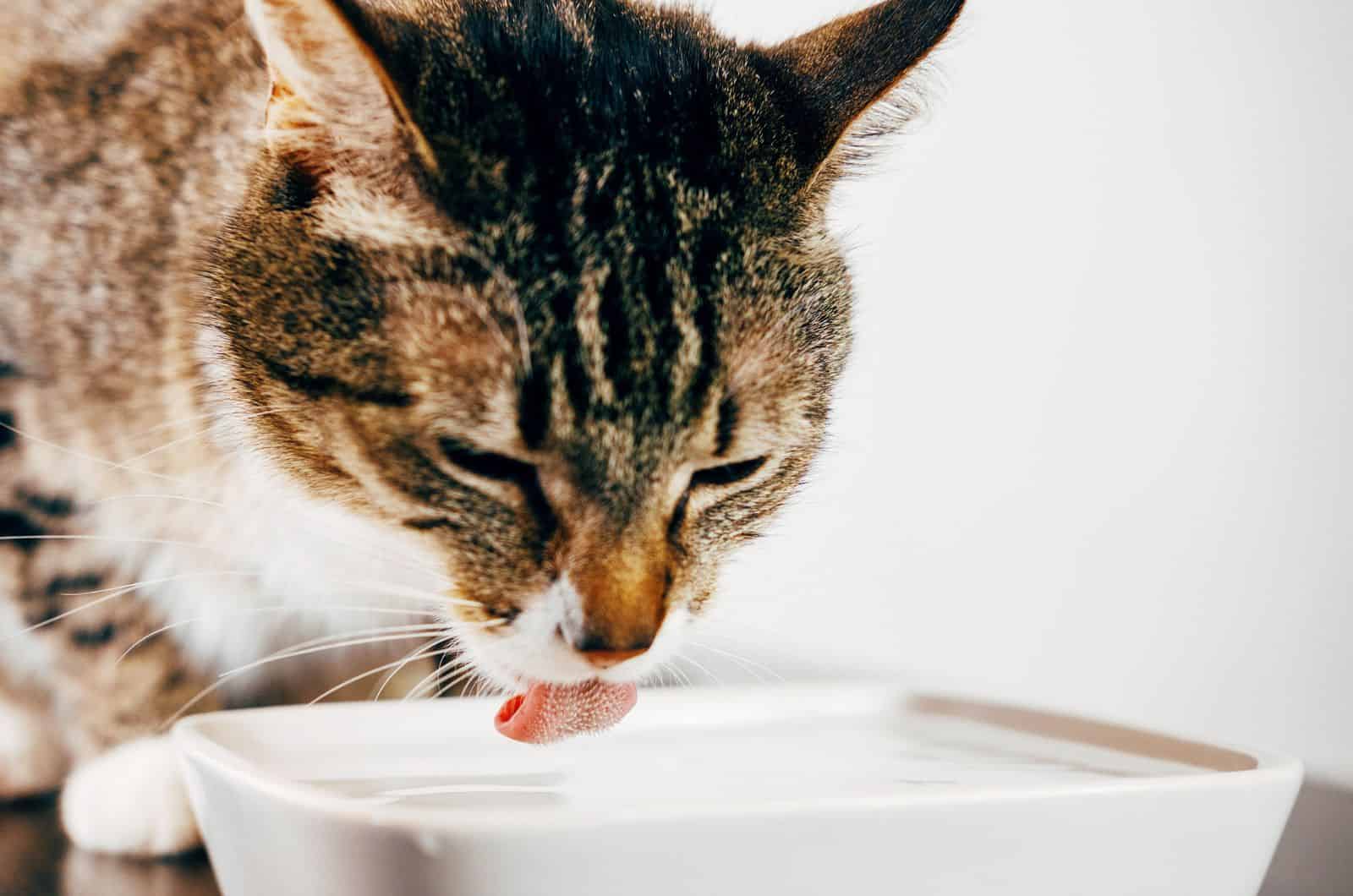
Rather than penetrating your cat’s skin with a syringe to administer vital fluids, you may encourage your feline companion to hydrate. Although cats are wary of water, you might encourage your cat’s interest in drinking by providing it with a water fountain.
Because water fountains are always flowing, your cat will naturally be drawn to them. You may also refresh your cat’s bowl of water, which is a good method to get her to drink.
Not only will this be the most convenient method, but it may also help your dehydrated cat to rehydrate on its own, eliminating the need for exogenous fluid intake.
2. Fresh Water All Around
Because your primary purpose in administering Sub Q fluids to your cat is to ensure appropriate hydration, you’ll need to make your cat’s route to her supply of water easier, as well as ensure that the water bowl is always full and accessible.
However, if you are asleep or in any way unavailable when your cat’s water source becomes dry, the cat’s water supply will not always be kept filled and ready. To handle this, have a variety of water sources available to your cat throughout the house.
Install a cat water fountain to make obtaining a drink of water a fresh, interesting, and consistent experience for your cat. While we’re on the subject of giving your kitty an enjoyable drinking experience, keep in mind that cats are notorious for being finicky.
If your cat refuses to drink the water you provide, it may simply prefer different-tasting water. Allowing your cat to drink from the faucet is one way to give it what it really wants.
When seeking Sub Q alternatives, try catnip, a favorite among cat owners for various reasons, including hydration.
All you have to do to increase your cat’s voluntary water consumption is mix crushed catnip with water, and then your cat does the rest.
3. Add Electrolyte Supplements
You might experiment with giving your cat electrolyte supplements to aid fluid consumption.
This will not only make your (and your cat’s) life simpler when it comes to cat hydration, but it will also give her missing nutrients in a delicious assortment of tastes.
Suggested: Is Pedialyte For Cats Safe? Yes! And Here’s How To Use It
4. Add More Wet Food To The Cat’s Diet
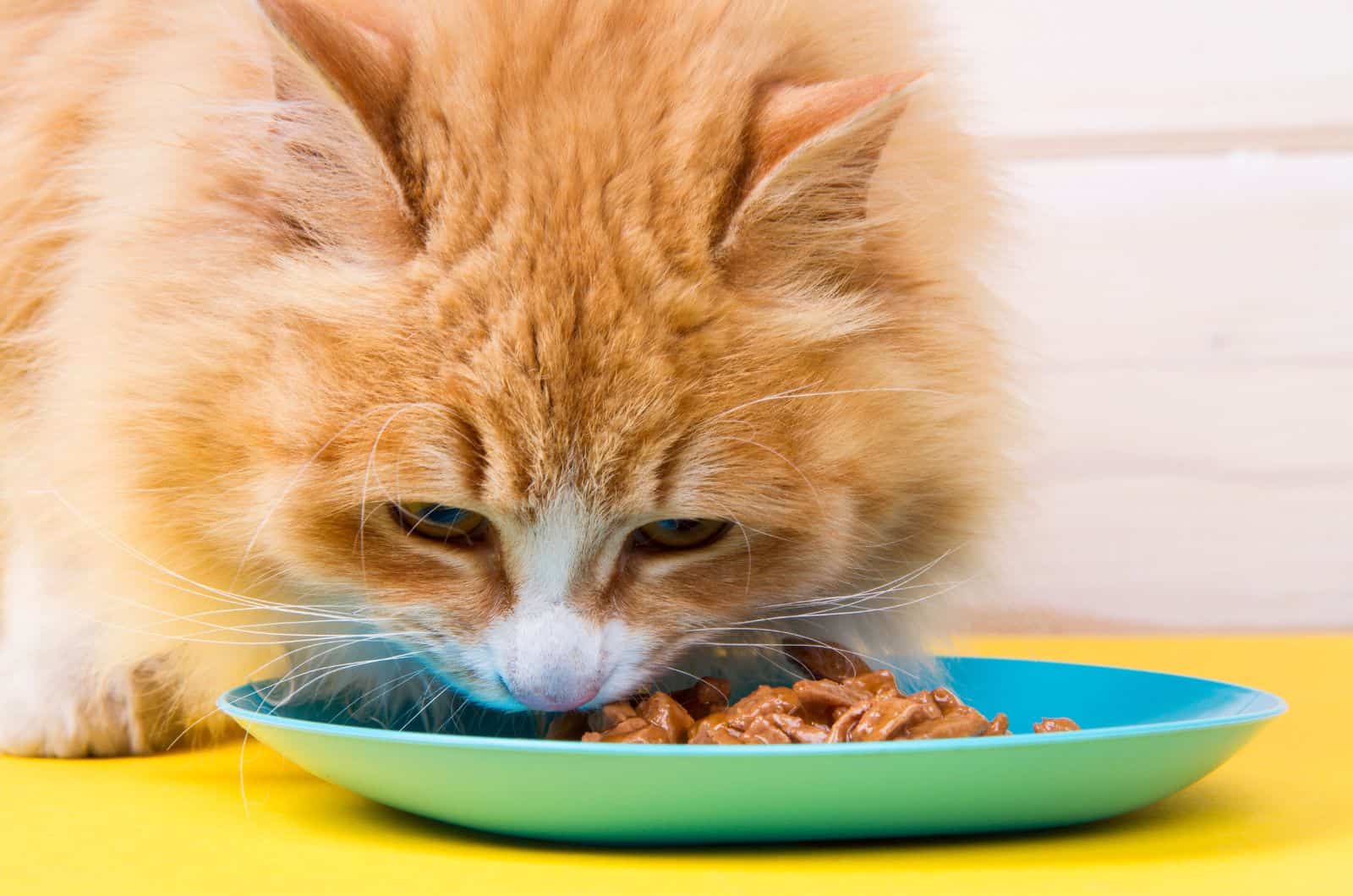
If your cat isn’t adequately hydrating itself or is just aging and has developed kidney disease or Chronic Renal Failure, you might be tempted to switch her food totally to one that is vastly more hydrating.
However, you will not need to alter your cat’s food completely. In reality, all you’ll need to do is add additional canned food to increase your pet’s hydration consumption.
A single can of wet food contains 70% to 80% water, quickly increasing your pet’s hydration.
5. Include Cat Foods Rich In Sodium
If you want to attempt other strategies to induce your furry buddy to hydrate willingly, you should try adding sodium-rich items to its diet.
As the salt content of your feline’s food increases, your cat will want to drink more water to balance the taste and relieve her thirst.
This method, however, is not appropriate for all cats. If your cat has a sodium-sensitive illness, such as chronic kidney disease, i.e. renal disease, heart disease, or hypertension, she should avoid sodium-heavy meals.
6. Add Liquids Into The Cat’s Food
What is a good approach to persuade your cat to hydrate unknowingly? Getting its attention with a unique dish that contains a lot of water or is primarily liquid in nature.
An excellent example of this is adding a tiny bit of beef or chicken broth to your cat’s water supply, which can persuade it to drink more water.
Pour some of the broth into an ice cube tray and place a few of these ice cubes in your cat’s bowl of water when you change the water.
7. Soak Your Cat’s Dry Food In Water
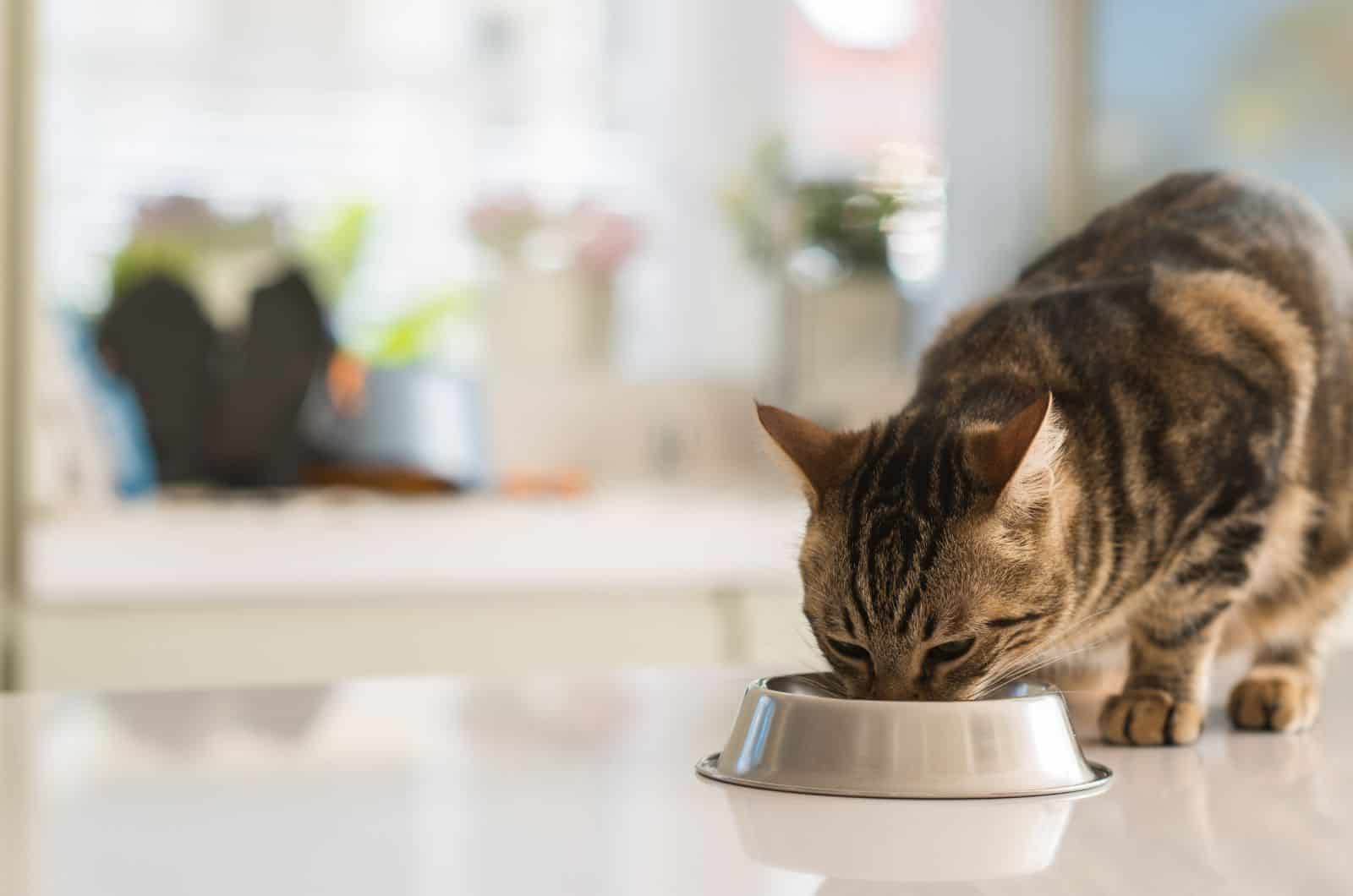
Although I said that adding more wet food to your cat’s diet can help it with water consumption, some cats don’t like canned foods. To remedy this, you can offer your cat the dry food it prefers, but soaked in water.
This is an excellent way to enhance your cat’s water consumption while also introducing a new flavor to its favorite meal. If you’re wondering how much water to put in the dry food, you must evaluate how much water your cat requires.
8. Add Goat Milk To Your Cat’s Meals
Some cats do not enjoy drinking water. If this applies to your cat, you can entice it to hydrate itself and prevent Sub Q fluid treatments by giving it some goat milk.
In addition to hydrating your cat, goat milk is high in vitamins, electrolytes, minerals, and other nutrients.
Subcutaneous Fluids Summed Up

Subcutaneous fluids are liquids administered under the cat’s skin to help it stay hydrated.
The fluid is slowly absorbed into the cat’s body and serves a crucial function in providing supportive treatment for kittens suffering from a number of medical issues. A veterinarian can provide you with both a prescription and hands-on training.
The alternatives I listed above are great, but in case you have a kitten that needs to be hydrated, it might be harder to make it work. So, let’s check out the process of SQ fluid administration, just in case.
How To Tell If Your Kitten Needs Hydration
Unfortunately, young kittens commonly get dehydrated because several common health issues can induce loss of fluids. Kittens that suffer from lack of hydration, especially a severe case, will require cat sub-q fluids.
The following issues should prompt you to consider fluid therapy:
• Concentrated urine – if your kitten’s pee is dark or bright yellow, it may indicate that your kitten requires fluid assistance.
• Diarrhea – kittens suffering from diarrhea lose a lot of fluids and need extra hydration included in their treatment.
• Panleukopenia – kittens infected with this potentially fatal virus often require sub-q fluids in their treatment.
• Vomiting – vomiting is exceedingly dehydrating; if your kitten vomits, it will require fluid assistance while recovering.
• Inappetence – fluid treatment may be required if your kitten is not consuming enough fluid through feeding and drinking.
• Constipation – hydration is essential for assisting constipated kittens, particularly if your kitten is on laxative medicines.
• Fever – if hyperthermia occurs, kittens will frequently get dehydrated and that’s why they benefit from fluids that must be at room temperature because it’s normally much lower than cat’s body temperature.
If you’re unsure whether your kitten requires subq fluids, consult with your vet about your kitten’s symptoms in order to get a diagnosis, treatment, and care plan.
What You Need For Fluid Therapy

The following list includes everything you need for your cat’s fluid therapy. Always remember that you need to talk to your vet before you do anything, and you must act according to your vet’s orders and prescriptions.
• Bag of fluids – buy only the fluid bag prescribed by your vet, and always check that the date hasn’t expired. (Lactated Ringer is commonly advised)
• Sterile syringes – follow the instructions and the width rules for the tip of the needle.
Kittens up to three weeks old require 5cc needles, a 10cc syringe is recommended for 3-6 weeks old, and 20cc syringes are recommended for kittens six weeks or older.
• Butterfly and sterile needles – you need them to draw the fluid in and the butterfly needle to administer the fluid.
• Digital scale – so you can know the exact weight of your kitten because the amount of fluid differs by weight.
How Much And How Often
Consult your vet about the right dose and how often to administer the fluids. This will be prescribed according to your kitten’s weight and specific symptoms. The dosage may vary according to the circumstances, but usually, the rule goes as follows:
• 1cc fluid for kittens that weigh about 50g; every eight hours
• 1.5 – 2cc for 100g kittens
• 4 – 5cc for 250g kittens
• 8 – 10cc for 500g kittens
Note: it is easy to overdose your kitten, so always discuss this with your vet first! Follow your vet’s recommendations to be sure that the dosage is appropriate for your kitten.
Complete Guide
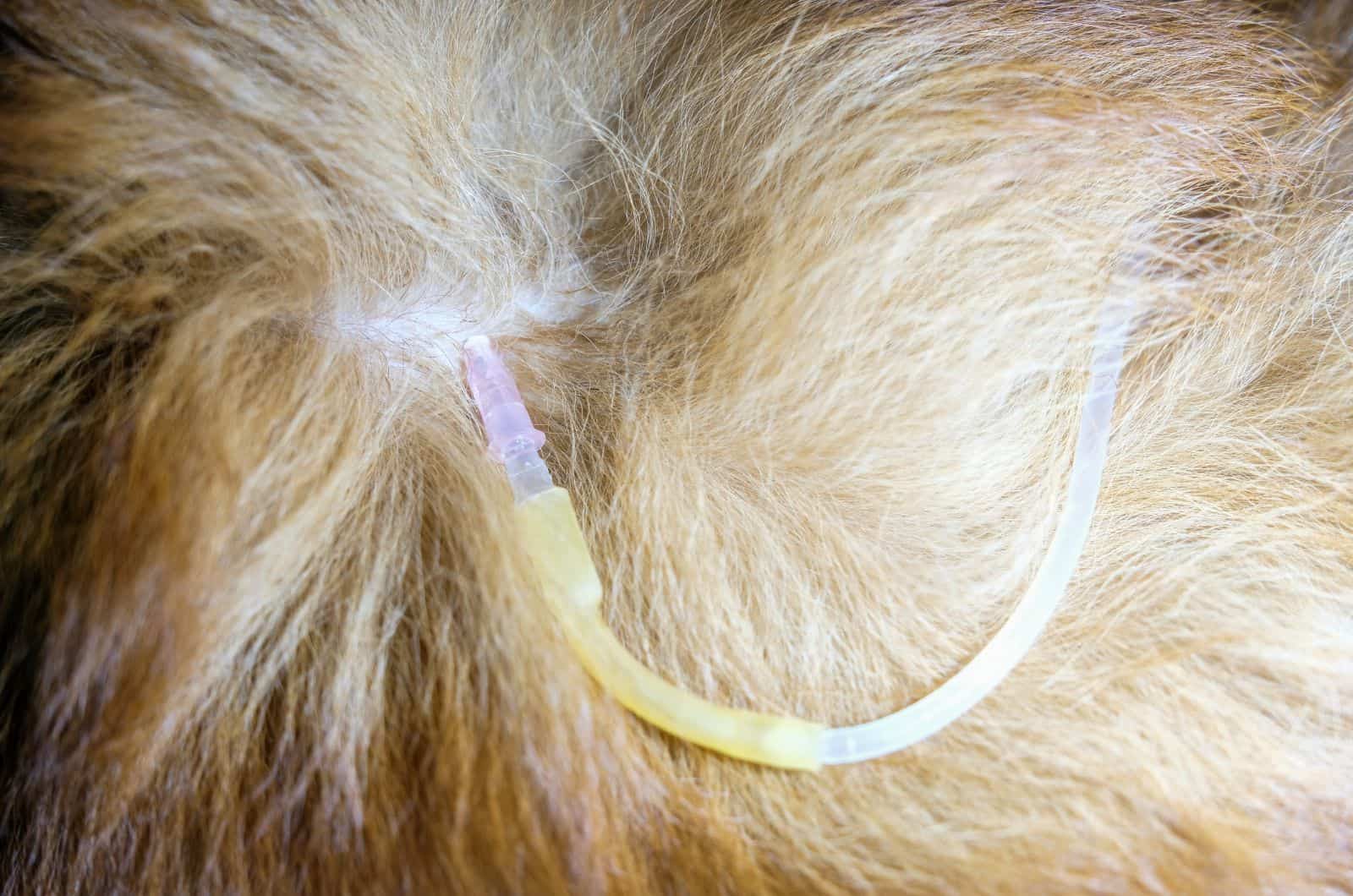
Always keep in mind that there are certain risks involved when providing subcutaneous fluids. Before you do it, seek professional training and instructions from your vet. For the first time, it’s best if you watch your vet perform the treatment on your cat.
Here’s a step-by-step guide to what it normally looks like:
1. Warming the fluids to proper (typically room) temperature. To gradually warm the fluid, you need to place the bag on a heat pad or in a bowl of hot water. The fluid needs to be at a comfortable temperature.
If your kitten develops a fever, you should administer room temperature fluid, which helps gradually cool down the body. Never give fluids that are too hot or too cold.
2. Filling the syringe with fluids. First, you attach the sterile syringe to a sterile needle. Then insert the needle into the bag of fluid and draw the fluid into the syringe until you draw the prescribed dose. Then you remove the needle from the bag.
3. Preparing the butterfly needle. Connect the butterfly needle, sterile, of course, to the full syringe. Keeping the syringe upright, the needle should be side up and the plunger side down.
Tap the side of the syringe a few times to ensure there are no air bubbles remaining.
4. Administering the fluids. First, hang the fluid bag as high as you can (you don’t need to buy an IV pole, you can use a coat hanger, for example) since it helps the fluid to travel quickly through the fluid line.
Also, always remember to keep both ends of the line sterile. Then, place your kitten on a clean surface and stabilize it with one hand. Use your other hand to slowly lift the skin between the kitten’s shoulder blades as high as it can go.
Hold the butterfly needle straight, parallel to the ground, the pointed side should be at the bottom. Gently place the needle tip into your kitten’s scruff, carefully and taking care to avoid its spine and back.
Never penetrate the kitten downward or too deeply with a needle. After inserting the needle, slowly plunge the syringe.
5. Pull the needle out. After the right amount of fluids have been administered, stop the flow of fluids and slowly pull the needle out.
6. Aftercare. Safely dispose of the syringes and needles. Continue with at-home care and therapy as your vet recommends. As scheduled, repeat the sub-q fluid therapy.
Final Words

When it comes to your cat’s health, there are numerous alternatives to Sub Q fluids for cats. The majority of these alternatives are natural and simple to obtain and administer to your cat.
The first thing you need to do is visit the animal hospital and discuss everything with your vet.
To avoid administering sub-q fluids with syringes and needles, you can give them orally to your cat or add the fluids to your cat’s food. This way, your cat will get the fluids it needs without knowing.
Other things that will make your cat feel better include providing multiple water sources around your home, giving more wet food to your cat, or soaking its dry food in water. To summarize, all of these alternatives I’ve written for you are cat-safe and healthy.
Always remember that you need to discuss matters with your vet first to ensure that there are no severe health issues and that your cat’s condition doesn’t require medical attention, so you can safely use alternatives to sub-q fluids for cats.
Related Articles:
• The Benefits Of Gabapentin For Cats
• Is It Possible Prednisone Killed My Cat?
• Make Your Kitty Poop – How To Deal With Cat Constipation
Like this post? Share or pin it for later!
